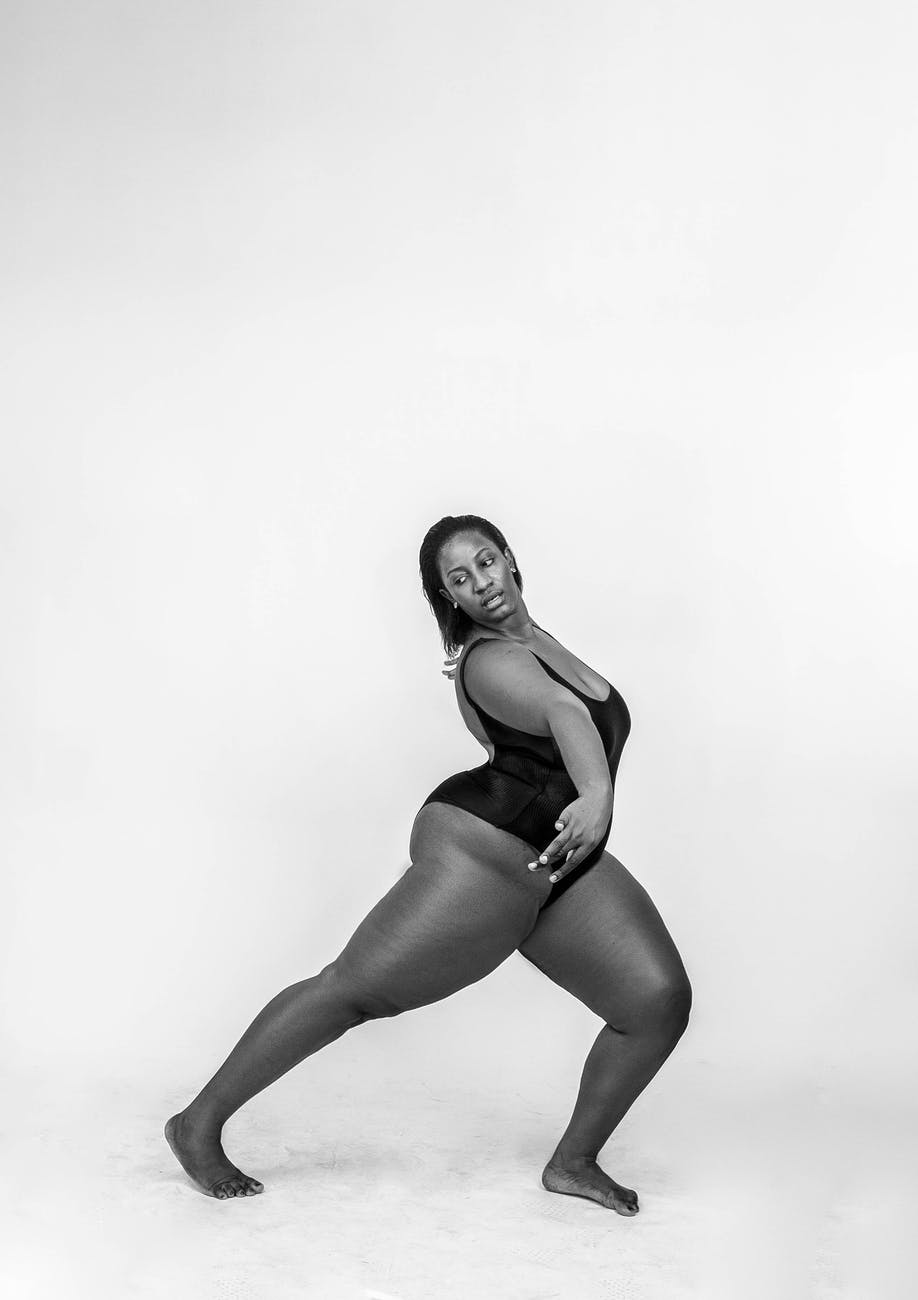This post will be an analysis using the Gesture chapter/concept from Kimon Nicolades’ book “The Natural Way to Draw” as a springboard to talk about Gesture in art and in general, how it possibly applies to art and how you can possibly improve from knowing about it.
I say possibly because with every art theory I put out (or anyone puts out for that matter) there’s definitely going to be someone that disproves that theory, I definitely don’t think that everybody who paints or draws well, will always be very good at gesture drawing or uses gesture as their foundation of drawing figures every time, or maybe they don’t even consider gesture at all and want a stiff look to their work, it happens.
This will likely be an analysis that needs to be updated with future chapters as I likely miss out on or find out about new information. Or also incorrectly state some information that is not true or wrongly attributed, that I have to correct in updates.
For simplification sake, the intended projected end-goal is to get good at basically representational drawing, not abstract drawing or modern art, but drawing something that exists in its own space in a believable manner. All of my posts on art so far has been in favour of that.
Concept/Theory
Gesture is talked about a lot in the art community when asked on how to draw figures. It can be very hard to grasp or defined to the point of it becoming a rather abstract concept. How does one use Gesture? I would say that gesture differs in many ways according to who does it and how they use it. Some use it as a way to start a picture, capturing the figures in place. Others use it just to loosen up before they start. Etc. etc.
The general consensus is that gesture is the movement of the figure, what the figure is doing, what is the line of action the figure might be doing. Gesture drawing is capturing this. It is not the outline of the figure but rather the essence of what the figure is doing although people tend to end up reaching the outline of the figure anyway.
Kimon Nicolaides pushes this further to also suggest that objects themselves have their own gesture, not just figures, to feel the essence of the object/figure. No other person really does that. Every other books’ gesture drawing topic is based on figure drawing alone.
Being able to capture the movement convincingly allows you in turn to be able to draw out figures convincingly and gives you a framework on which to start layering your construction.
Exercises
The typical figure drawing within 30 seconds to 1 minute or even 2 minutes are considered gestures, you time the model who will pose for that amount of time and you try your best to capture the essence and action of the pose onto your paper.
It’s kind of hard to say what is right or wrong at this point, you really just try your best and your own observation to capture the pose as close as possible, your own way of seeing things comes to life, you can push the gesture to extremes and make the pose even more dynamic than what is actually being shown, you can maybe make things too messy and its hard to tell the action anymore so you have to make it cleaner with more efficient lines, etc.
You can do construction gestures where you draw out the placement of the hips and torso in relevance to the pose instead of focusing on the action. It really depends on what you want to do.
You can also use gestures to map out where you want to place figures in your illustration and go from there. Exercises to do would be perhaps to focus on certain body parts, if the model is in a complicated pose and the arm is in a position rarely seen, it might be best to focus on that arm and the torso which it is connected to only for those 30 seconds.
One can also try to follow Nicolaides’ drawing schedule that in the end you do like 2000 gesture drawings more or less to really feel out what gesture is.
Goals/Summary
The goals for knowing gesture are for you to find out what you want to do with it, do you want to use them as warmup, as starting placements to your illustration piece, do you want to use them to practice complicated dynamic poses and action, do you want to exaggerate them to learn how to use them in animation or dynamic works, or all of the above.
Gesture is kind of a personal thing of what makes sense to you, even in a figure drawing class full of 10 people, each one of them will interpret the figure’s pose their own way, the only way to criticize gesture would be if it doesn’t represent the action or the model at all as that would likely be the class’ goal. If it seemingly doesn’t help you, you might need to do a lot more first and see the result before writing it off.
It can be seen as an abstract concept that is hard to grasp but I believe that gesture is still essential as a starting point/first steps for drawing figures and perhaps even objects.
If you liked what you read, please consider supporting me on Patreon (monthly) or ko-fi (one time donations).
Stay safe~!
JR

